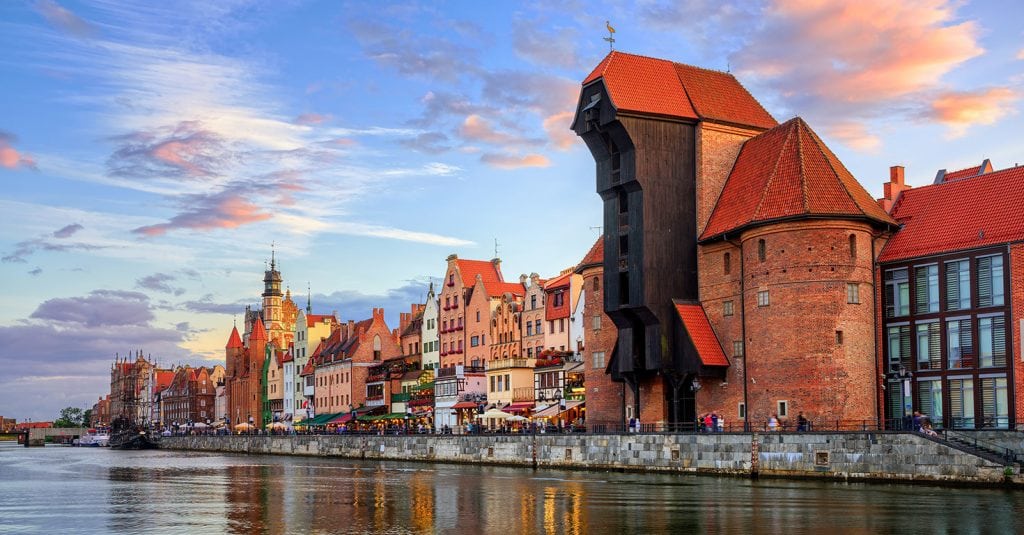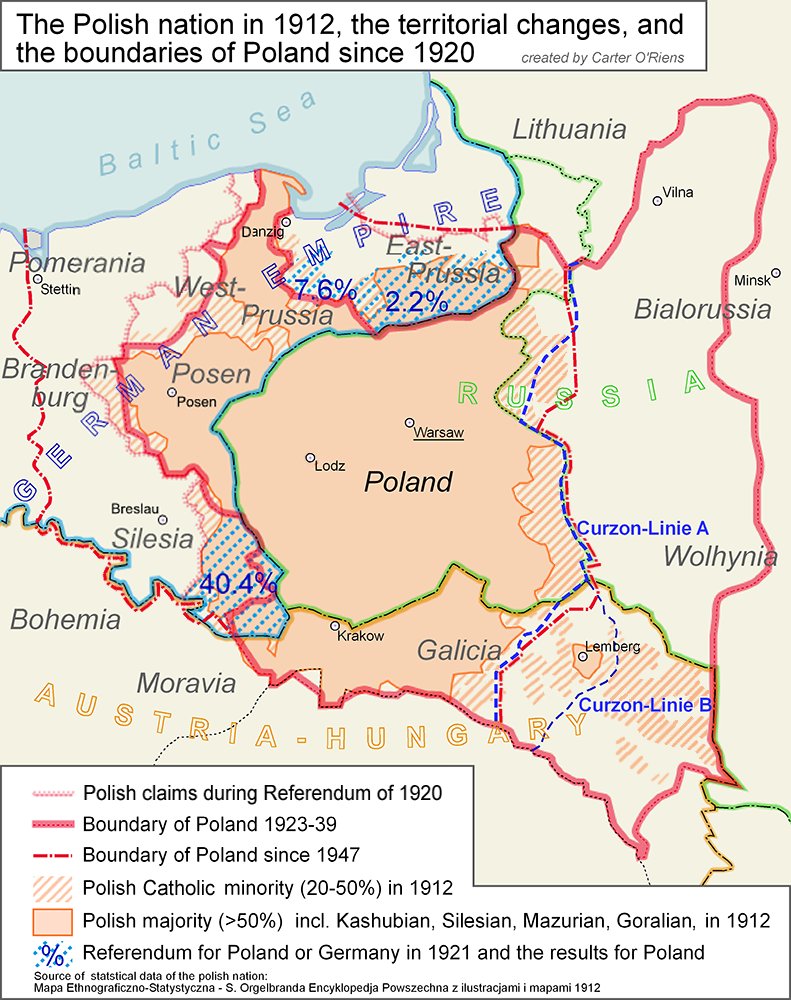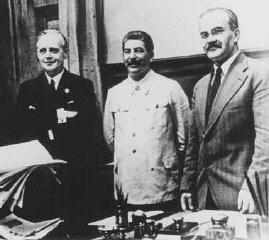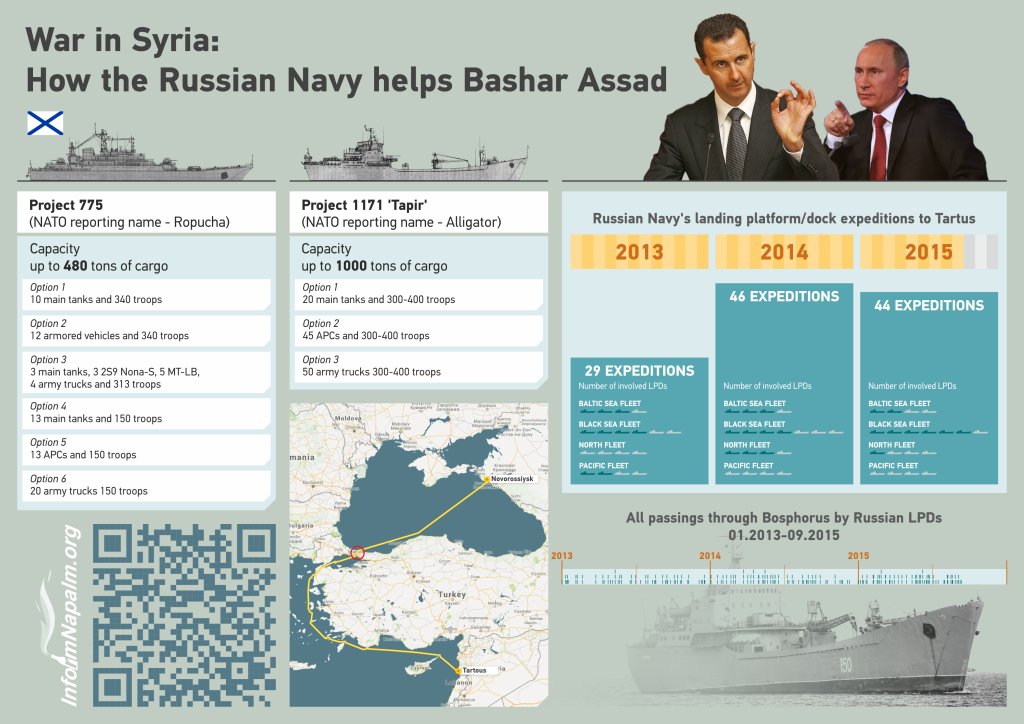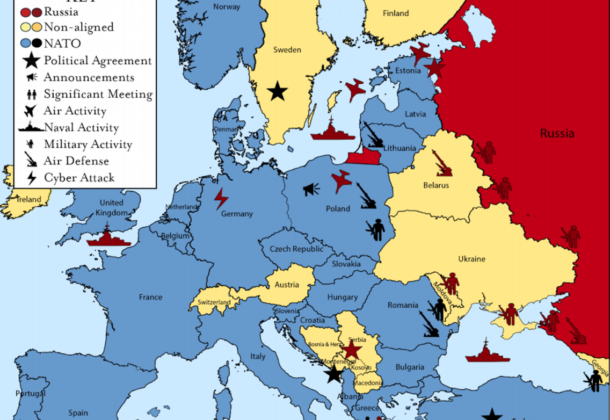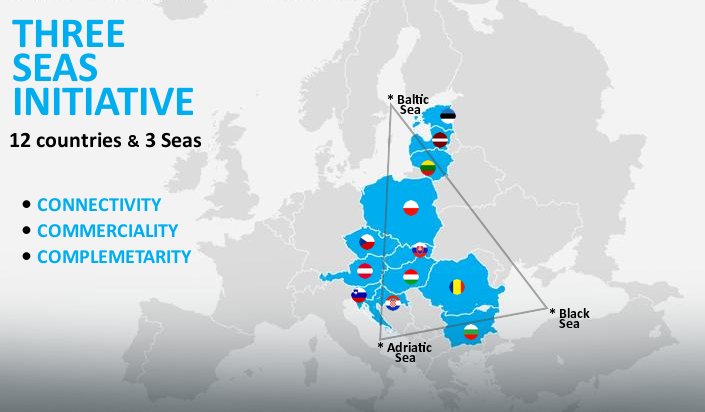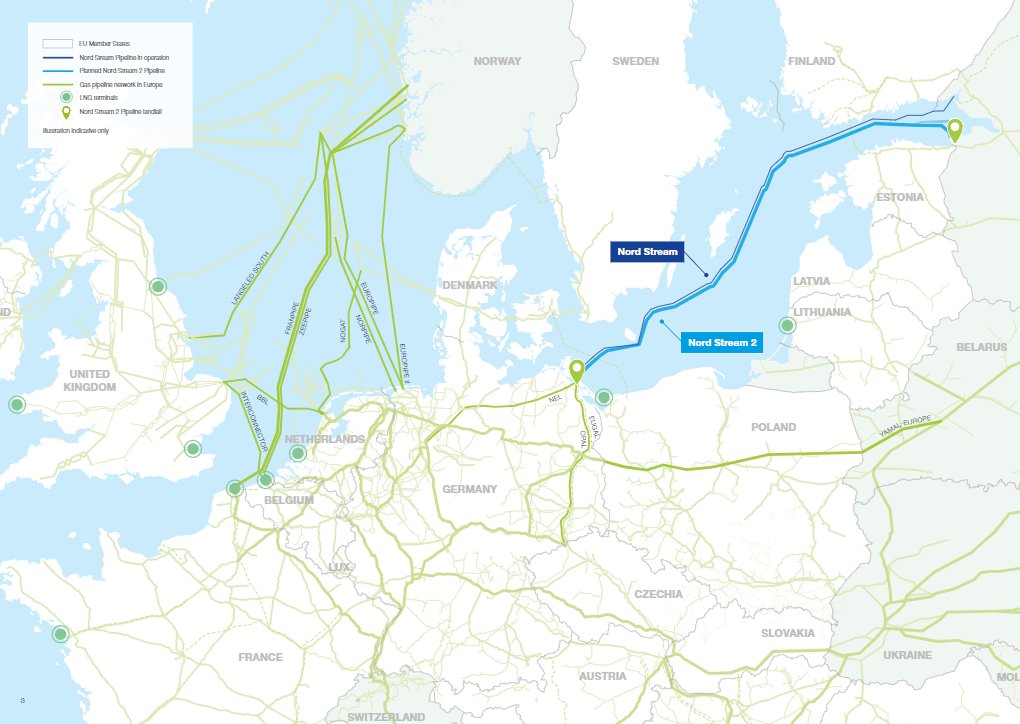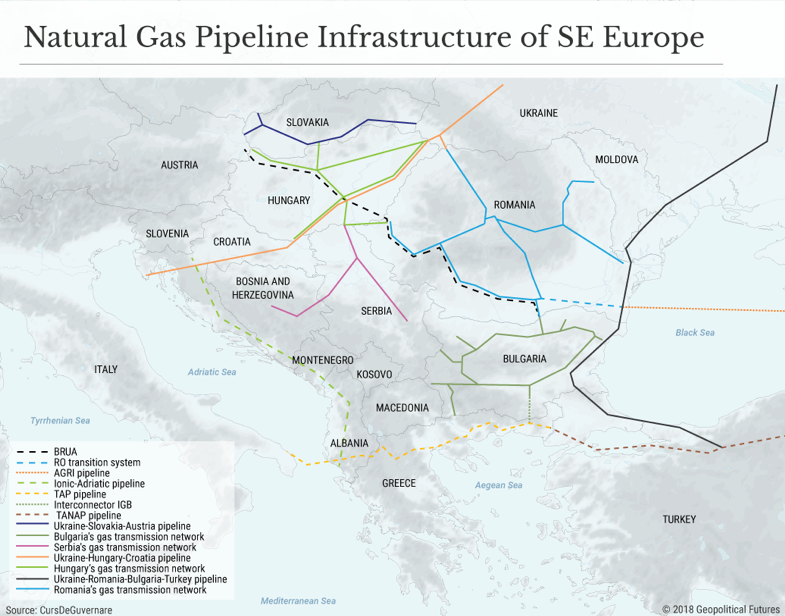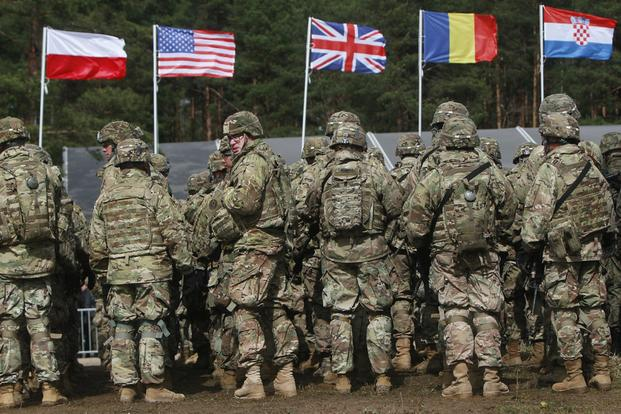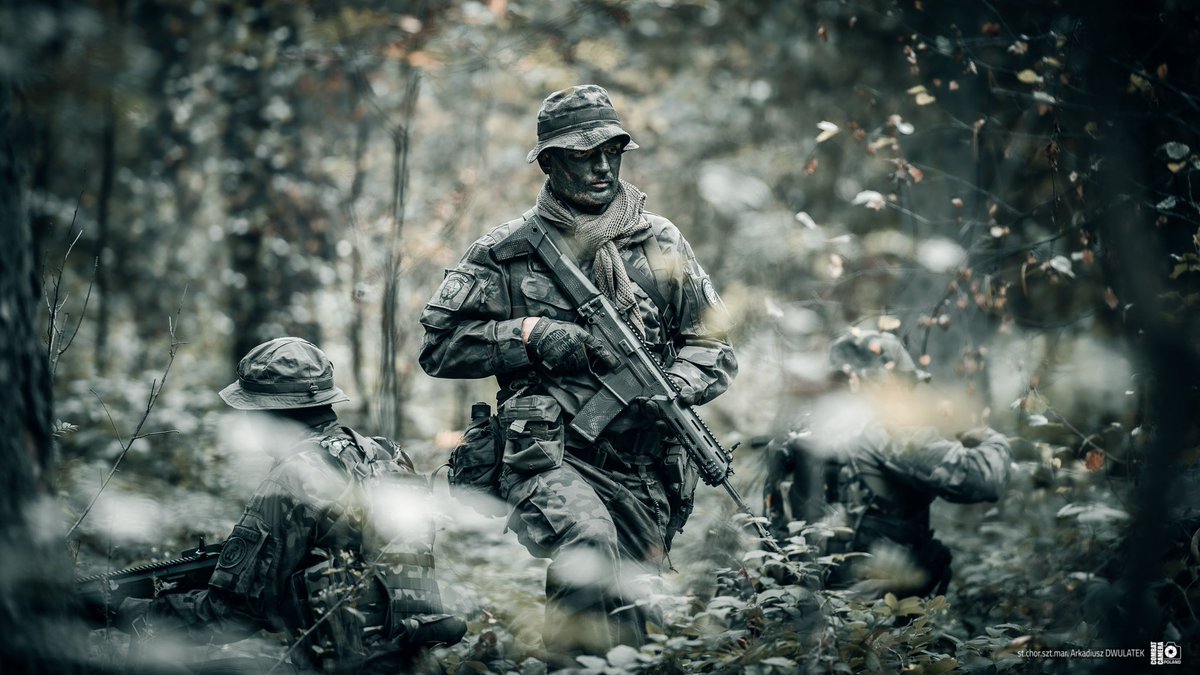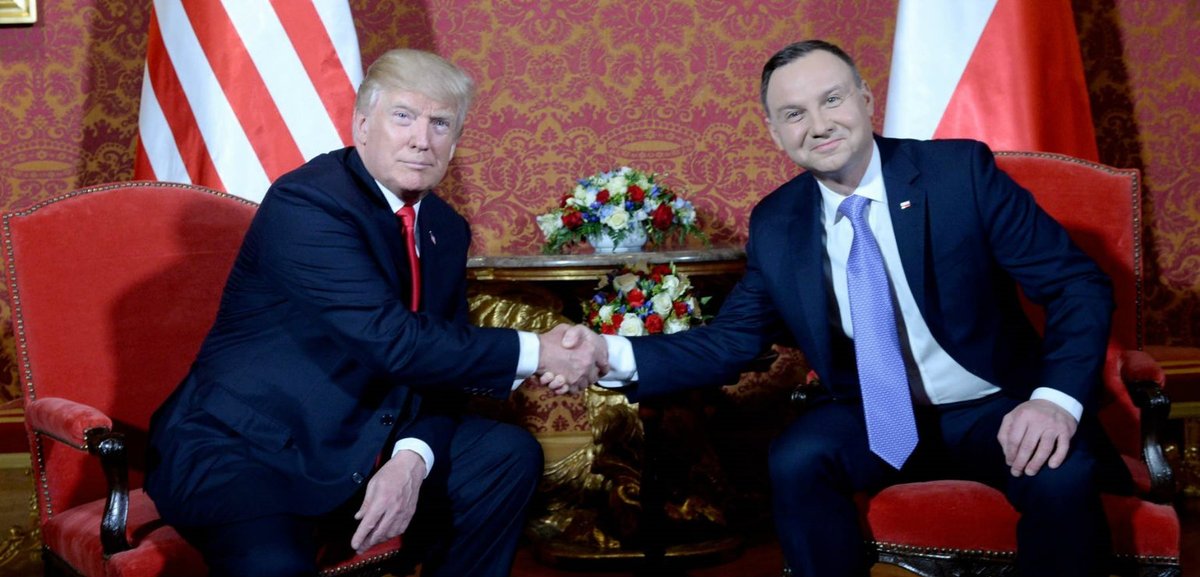𝐓𝐡𝐞 𝐍𝐞𝐰 𝐅𝐚𝐜𝐞 𝐨𝐟 𝐄𝐮𝐫𝐨𝐩𝐞
There are nations aligned with the US that continue to fly under the radar.
They are indispensible allies, the first line of defense in great power conflict.
Poland is about to emerge as one of the most important.
Thread.
There are nations aligned with the US that continue to fly under the radar.
They are indispensible allies, the first line of defense in great power conflict.
Poland is about to emerge as one of the most important.
Thread.
Located at the geopolitical center of Europe, Poland has been coveted by every expansionist regime in the region since the early 1600's.
A full accounting of its martial history is detailed elsewhere, so I will focus on the relevant bits from the recent century.
2/
A full accounting of its martial history is detailed elsewhere, so I will focus on the relevant bits from the recent century.
2/
Poland in the pre-WWI period was an occupied land, partitioned between Prussian, Austrian, and Russian masters.
WWI was devastating to the Polish people, with more than 2 million Poles fighting in the war, and roughly 450K or so perishing.
3/
WWI was devastating to the Polish people, with more than 2 million Poles fighting in the war, and roughly 450K or so perishing.
3/
In late 1918, the German puppet regime cut its strings from Germany and declared the foundation of the Second Polish Republic, which lasted in some form until WWII.
During this time, Poland maintained a large and capable standing army, and built out critical infrastructure.
4/
During this time, Poland maintained a large and capable standing army, and built out critical infrastructure.
4/
However, interwar Poland was also turbulent, culminating in a coup in 1926 by Józef Piłsudski.
Though Piłsudski died in 1935, his regime led Poland up until the onset of WWII in September of 1939.
Through it all, the Poles showed themselves to be a resilient people.
5/
Though Piłsudski died in 1935, his regime led Poland up until the onset of WWII in September of 1939.
Through it all, the Poles showed themselves to be a resilient people.
5/
The Nazi invasion of Poland by Germany on 1 September 1939 is considered the start of WWII.
However, many do not recall that the Soviets invaded on 17 September, part of a geopolitical pincer maneuver arising from the Molotov-Ribbentrop Pact.
6/
However, many do not recall that the Soviets invaded on 17 September, part of a geopolitical pincer maneuver arising from the Molotov-Ribbentrop Pact.
6/
The Pact was a secret treaty of non-aggression between the Soviets and Nazis, and included provisions for establishing their respective territories' border as being the middle of Poland.
The Pact held until mid-1941, when the Nazis invaded the Soviet Union.
7/
The Pact held until mid-1941, when the Nazis invaded the Soviet Union.
7/
Central to the Pact was the fact that the independent Poland had aligned itself with France and Britain against the Nazis.
The Soviets were allies with all three nations, but did not trust them to commit to attacking Germany.
Poland was again caught in the middle.
8/
The Soviets were allies with all three nations, but did not trust them to commit to attacking Germany.
Poland was again caught in the middle.
8/
After the surprise invasion by its enemy Germany and its nominal ally the USSR, Poland fell.
The Nazis took control of most of Poland, while the Soviets annexed Lithuania, Latvia, and Estonia.
The Nazis, now in control, began their Holocaust (Generalplan Ost).
9/
The Nazis took control of most of Poland, while the Soviets annexed Lithuania, Latvia, and Estonia.
The Nazis, now in control, began their Holocaust (Generalplan Ost).
9/
While Generalplan Ost had set the horrific goal of Germanizing all within Nazi domains, it was decided that the entire nation of Poland had to be exterminated.
The Poles were simply too strong-willed of a people to be subjugated forever, and the Nazis feared them greatly.
10/
The Poles were simply too strong-willed of a people to be subjugated forever, and the Nazis feared them greatly.
10/
The key which turns the lock for the future of Poland is this fierce and singular cultural character.
They do not see themselves as "citizens of the world" - after all, "the world" has made a habit of running roughshod across their nation.
They will protect Poland.
11/
They do not see themselves as "citizens of the world" - after all, "the world" has made a habit of running roughshod across their nation.
They will protect Poland.
11/
To be clear, Poland has embraced its role in NATO, as well as the global picture.
It has reacted strongly against the influx of immigrants into Europe, and moved towards a more nationalist stance.
The recent elections bear this out.
https://www.euronews.com/2019/10/13/poland-head-to-the-polls-with-conservative-ruling-law-justice-party-in-the-lead
12/
It has reacted strongly against the influx of immigrants into Europe, and moved towards a more nationalist stance.
The recent elections bear this out.
https://www.euronews.com/2019/10/13/poland-head-to-the-polls-with-conservative-ruling-law-justice-party-in-the-lead
12/
The Law and Justice Party (PiS) is the ruling party of Poland, strenghtening its hold on the lower parliamentary chamber in October (though it lost seats in the senate).
The current president of Poland, Andrzej Duda, was a member of PiS, but resigned upon election in 2015.
13/
The current president of Poland, Andrzej Duda, was a member of PiS, but resigned upon election in 2015.
13/
Among its relevant positions, PiS is strongly in favor of transatlanticism (i.e. the alliance of the US and Euro interests) and NATO, and is opposed to a federated Europe.
PiS also supports the interventionist policies of the US when it favors Polish interests as well.
14/
PiS also supports the interventionist policies of the US when it favors Polish interests as well.
14/
This stands in stark relief to the increasing antagonism to the Trump-led US expressed by major NATO allies France and Germany.
Both have proven themselves to be unreliable in different ways.
Worringly to NATO, Macron of France is increasingly engaged with Russian matters.
15/
Both have proven themselves to be unreliable in different ways.
Worringly to NATO, Macron of France is increasingly engaged with Russian matters.
15/
Keeping a wary eye on these developments, Poland must again make plans for the day its allies do not stand to its defense, as in 1939.
However, the ratcheting tension between France/Germany and the US has also opened opportunities for Poland to emerge as a critical partner.
16/
However, the ratcheting tension between France/Germany and the US has also opened opportunities for Poland to emerge as a critical partner.
16/
Poland knows that there are three main threats to stability in Central and Eastern Europe:
- Russia
- Turkey
- Belt and Road
Poland has become critical to addressing all three.
Moreover, a new emerging alliance is looking to Poland for leadership.
17/
- Russia
- Turkey
- Belt and Road
Poland has become critical to addressing all three.
Moreover, a new emerging alliance is looking to Poland for leadership.
17/
With regard to Poland's neighbor, Ukraine, the situation continues to deteriorate.
Ukraine was once Europe's firewall against a Russian resurgence towards reclaiming the might of the USSR.
China in particular threatens to crumble that firewall.
https://twitter.com/man_integrated/status/1198406028146163713
18/
Ukraine was once Europe's firewall against a Russian resurgence towards reclaiming the might of the USSR.
China in particular threatens to crumble that firewall.
https://twitter.com/man_integrated/status/1198406028146163713
18/
With China suddenly looking more likely to secure Motor Sich, Russia and other Chinese allies will again have access to the full range of Ukraine's military manufacturing base.
The takeover-by-proxy of Ukraine will also grant Russia more latitude in the Black Sea region.
19/
The takeover-by-proxy of Ukraine will also grant Russia more latitude in the Black Sea region.
19/
That latitude is extremely important to Russian interests, given its Black Sea Fleet and involvement in Syria.
The Black Sea is where Russia stages any heavy-lift maritime operations for the Mediterranean theater of operations, routing cargo from Novorossiysk to Tartus.
20/
The Black Sea is where Russia stages any heavy-lift maritime operations for the Mediterranean theater of operations, routing cargo from Novorossiysk to Tartus.
20/
This activity serves two Russian interests:
- Maintains Russian influence in a region that increasingly competes with Russia for energy trade to Europe
- Builds a bulwark against NATO in the Med
But Turkey controls the gates of the Black Sea.
https://twitter.com/man_integrated/status/1200462867633455106
21/
- Maintains Russian influence in a region that increasingly competes with Russia for energy trade to Europe
- Builds a bulwark against NATO in the Med
But Turkey controls the gates of the Black Sea.
https://twitter.com/man_integrated/status/1200462867633455106
21/
Despite Turkey's commitment to the S-400 missile program, they have maintained only an uneasy peace with Russia.
The two nations' involvement on opposite sides of the escalating Libyan civil war could threaten Russia's Black Sea interests.
https://www.ecfr.eu/article/commentary_turkey_in_libya_filling_the_european_vacuum
22/
The two nations' involvement on opposite sides of the escalating Libyan civil war could threaten Russia's Black Sea interests.
https://www.ecfr.eu/article/commentary_turkey_in_libya_filling_the_european_vacuum
22/
Turkey knows that its strongest leverage with Russia is access to/from the Black Sea.
Russia knows it as well, which is why it supplements its growing Mediterranean Squadron heavily from its Baltic and Northern naval fleets (especially submarines).
23/
Russia knows it as well, which is why it supplements its growing Mediterranean Squadron heavily from its Baltic and Northern naval fleets (especially submarines).
23/
Enter Poland.
The Russian Baltic Fleet is based out of Kaliningrad Oblast, a curious little piece of Russia on the Baltic Sea that shares its land borders with Poland and Lithuania.
It's a figurative Russian island in continental Europe.
24/
The Russian Baltic Fleet is based out of Kaliningrad Oblast, a curious little piece of Russia on the Baltic Sea that shares its land borders with Poland and Lithuania.
It's a figurative Russian island in continental Europe.
24/
Consider this map:
Kaliningrad to the east, home of Russia's powerful Baltic Fleet, which is increasingly important to Russia in both the Baltic and Mediterranean theaters.
And Gdynia, straight across the gulf, home to the Polish Navy and a key NATO naval base.
25/
Kaliningrad to the east, home of Russia's powerful Baltic Fleet, which is increasingly important to Russia in both the Baltic and Mediterranean theaters.
And Gdynia, straight across the gulf, home to the Polish Navy and a key NATO naval base.
25/
Gdynia turns the Baltic Sea into a chokepoint for Russian ambition.
Knowing this, Poland has invested significantly into its anti-surface and anti-submarine warfare capabilities.
This is driven largely by Russia's particular emphasis on naval force projection.
26/
Knowing this, Poland has invested significantly into its anti-surface and anti-submarine warfare capabilities.
This is driven largely by Russia's particular emphasis on naval force projection.
26/
Further, Poland has spearheaded the most significant European geopolitical initiative in quite some time:
The Three Seas Initiative (TSI)
This simple map tells the tale.
Poland, and its Eastern European allies, have no intention of bowing to Russian influence.
27/
The Three Seas Initiative (TSI)
This simple map tells the tale.
Poland, and its Eastern European allies, have no intention of bowing to Russian influence.
27/
And though Ukraine has recently made overtures to join the TSI, it remains on the outside.
Should that stance continue, it would indicate that Poland and the other TSI members believe it to be a lost cause, too compromised by China and Russia to be an effective member.
28/
Should that stance continue, it would indicate that Poland and the other TSI members believe it to be a lost cause, too compromised by China and Russia to be an effective member.
28/
TSI is fundamentally an infrastructure and logistics alliance.
The Russian economy depends on its natgas exports, especially to Europe.
The current maze of pipelines is at the center of Russian ambition in Ukraine, but it is TSI nations that are the true chokepoints.
29/
The Russian economy depends on its natgas exports, especially to Europe.
The current maze of pipelines is at the center of Russian ambition in Ukraine, but it is TSI nations that are the true chokepoints.
29/
Poland, as well as the TSI at large, is thus a major threat to Russia's economic and energy interests.
To counter this, Russian energy giant Gazprom has been building the Nord Stream 2, a massive undersea pipeline through the Baltic Sea.
And at the other end, Germany.
30/
To counter this, Russian energy giant Gazprom has been building the Nord Stream 2, a massive undersea pipeline through the Baltic Sea.
And at the other end, Germany.
30/
The pipeline has been one of the major sources of contention between the US and its NATO ally, Germany.
Poland also sees the NS2 project as a threat, because it undermines the TSI nations as a check on Russian influence in Europe.
This issue has second-order implications.
31/
Poland also sees the NS2 project as a threat, because it undermines the TSI nations as a check on Russian influence in Europe.
This issue has second-order implications.
31/
Amongst the many TSI logistics/infrastructure projects planned, two stand out:
- A civilian/military railway between the ports of Gdansk and Constanta in Romania
- A new natgas terminal in Croatia, that will feed Mediterranean natgas into the southern European market
32/
- A civilian/military railway between the ports of Gdansk and Constanta in Romania
- A new natgas terminal in Croatia, that will feed Mediterranean natgas into the southern European market
32/
Clearly, Poland has stepped into a leadership role in NATO.
With Belarus in Russia's pocket and Ukraine compromised, the nations of Central and Eastern Europe have demarcated a new line of economic and military defense against Russia.
33/
With Belarus in Russia's pocket and Ukraine compromised, the nations of Central and Eastern Europe have demarcated a new line of economic and military defense against Russia.
33/
The economic check of TSI is an effective and durable solution.
The geopolitical check of a strong shield-wall of nations stretching from the Black Sea to the Baltic Sea is also effective against Russia (and China).
But is the military implications that matter even more.
34/
The geopolitical check of a strong shield-wall of nations stretching from the Black Sea to the Baltic Sea is also effective against Russia (and China).
But is the military implications that matter even more.
34/
At the end of the day, power is a zero-sum game, however it is wielded.
Poland knows this keenly, having been occupied by totalitarian regimes for most of the 20th century.
If one cannot be the toughest guy, one must be indispensible to the toughest guy.
35/
Poland knows this keenly, having been occupied by totalitarian regimes for most of the 20th century.
If one cannot be the toughest guy, one must be indispensible to the toughest guy.
35/
Poland has made two major moves in the past five years to secure its utility to NATO and thus, its sovereignty.
First, it has deepened participation and support for NATO-led exercises, facilities, and materiel.
Second, it established the Territorial Defence Force (WOT).
36/
First, it has deepened participation and support for NATO-led exercises, facilities, and materiel.
Second, it established the Territorial Defence Force (WOT).
36/
The first initiative will bear major fruit in the coming year.
"Defender 2020", kicking off in February, will see 20,000+ US troops and supporting combat materiel relocate to Poland and other 3SI nations for six months of military exercises.
https://breakingdefense.com/2019/12/from-the-baltic-to-black-seas-defender-exercise-goes-big-with-a-big-price-tag/
37/
"Defender 2020", kicking off in February, will see 20,000+ US troops and supporting combat materiel relocate to Poland and other 3SI nations for six months of military exercises.
https://breakingdefense.com/2019/12/from-the-baltic-to-black-seas-defender-exercise-goes-big-with-a-big-price-tag/
37/
Importantly, the exercises will test NATO's ability to logistically mobilize and stage theater-scale combat forces.
It will further test interoperability of the various systems and tactics of the participating 18 NATO nations.
Lastly, it will build infrastructure.
38/
It will further test interoperability of the various systems and tactics of the participating 18 NATO nations.
Lastly, it will build infrastructure.
38/
For every place where NATO would like to see reinforced or rebuilt logistics capacity, the exercises will dictate that it be done.
Poland is about to see the US put many millions into new and upgraded roads, rail, seaports, airports, and telecom infrastructure.
39/
Poland is about to see the US put many millions into new and upgraded roads, rail, seaports, airports, and telecom infrastructure.
39/
This puts Germany on notice as it thumbs its nose at NATO by embracing Chinese telecom and Russian energy products.
The US-led NATO will not abide it.
Poland benefits by becoming the obvious backstop to German (and French) waffling.
40/
The US-led NATO will not abide it.
Poland benefits by becoming the obvious backstop to German (and French) waffling.
40/
Note that only seven of the NATO nations currently achieve the benchmark of 2% of GDP being spent on defense.
Germany currently spends about 1.2% of its GDP on defense and NATO.
Poland and its Baltic neighbors are already at 2% or better.
https://www.reuters.com/article/us-germany-nato/germany-commits-to-nato-spending-goal-by-2031-for-first-time-idUSKBN1XH1IK
41/
Germany currently spends about 1.2% of its GDP on defense and NATO.
Poland and its Baltic neighbors are already at 2% or better.
https://www.reuters.com/article/us-germany-nato/germany-commits-to-nato-spending-goal-by-2031-for-first-time-idUSKBN1XH1IK
41/
The Trump administration is thus rewarding them for being good allies through backdoor investments into their economies and infrastructure.
It sends a clear signal to Russia, of course.
But just as importantly, it boxes in France and Germany geopolitically.
42/
It sends a clear signal to Russia, of course.
But just as importantly, it boxes in France and Germany geopolitically.
42/
In addition to the wargames and logistics buildout, Poland and the US are cooperating deeply in training of the Territorial Defence Force (WOT).
The WOT, fundamentally, is a quasi-militia expressly trained to fight and defend against fourth-generation warfare.
43/
The WOT, fundamentally, is a quasi-militia expressly trained to fight and defend against fourth-generation warfare.
43/
The Poles are historically highly effective at waging asymmetric and guerilla warfare.
The WOT, with US and NATO support, is both a defense force for key infrastructure and an inbuilt Resistance should Poland ever be invaded again.
This includes cyber-warfare and sabotage.
44/
The WOT, with US and NATO support, is both a defense force for key infrastructure and an inbuilt Resistance should Poland ever be invaded again.
This includes cyber-warfare and sabotage.
44/
NATO, led by Poland, is rapidly standing up an effective and well-equipped 4GW capability.
This is a unique and compelling experiment in force projection, deterrence, and post-Westphalian geopolitics.
And here again, the US trusts Poland to lead.
https://www.armytimes.com/news/your-army/2019/07/08/green-berets-train-polish-latvian-resistance-units-in-west-virginia/
45/
This is a unique and compelling experiment in force projection, deterrence, and post-Westphalian geopolitics.
And here again, the US trusts Poland to lead.
https://www.armytimes.com/news/your-army/2019/07/08/green-berets-train-polish-latvian-resistance-units-in-west-virginia/
45/
Along with the UK and Scandinavia, Poland and the TSI allies provide a chain of logistical stability from the North Sea down to the Black and Med Seas.
The shared training and infrastructure left behind by Defender 2020 will provide a strong foundation for the WOT and NATO.
46/
The shared training and infrastructure left behind by Defender 2020 will provide a strong foundation for the WOT and NATO.
46/

 Read on Twitter
Read on Twitter